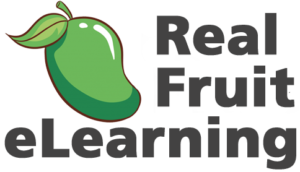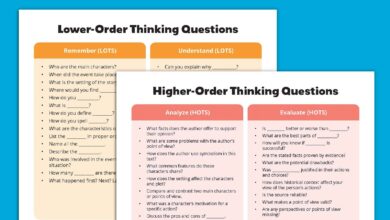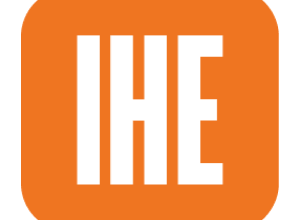The Journey Of eLearning: The Evolution And Future Of eLearning Premium Scholorships Info
A Journey Through Digital Learning Solutions
The journey of eLearning, or electronic learning, is a testament to the rapid technological advancements of the past few decades. From its humble beginnings to today’s sophisticated digital learning solutions, eLearning has transformed the educational landscape, making learning more accessible, flexible, and efficient.
The Genesis Of eLearning
The concept of eLearning can be traced back to the early twentieth century, with the advent of teaching machines and programmed instruction. However, it wasn’t until the 1960s that the foundations of modern eLearning were laid—pioneers like B.F. Skinner developed teaching machines for self-paced learning, an early precursor to today’s digital learning solutions.
The introduction of personal computers in the 1980s marked a significant milestone. This era saw the development of computer-based training (CBT) programs, essentially digitized textbooks. These programs offered a more interactive and engaging way to learn compared to traditional methods, setting the stage for the future of eLearning.
The Internet Revolution
The true revolution in eLearning began in the 1990s with the rise of the internet. The world wide web opened up new possibilities for distance education and online learning. The first online courses emerged, allowing students to access course materials and submit assignments via email. This period also saw the introduction of Learning Management Systems (LMSs), which provided a structured way to deliver and manage educational content online.
The late 1990s and early 2000s witnessed the proliferation of broadband internet, which significantly enhanced the quality and accessibility of online learning. This era saw the rise of virtual classrooms, where students could interact with instructors and peers in real time. The development of multimedia technologies enabled the incorporation of videos, animations, and interactive simulations into eLearning, making it more engaging and effective.
The Journey Of eLearning: Recent Developments
The Emergence Of Digital Learning Solutions
As technology continued to evolve, so did the journey of eLearning. The 2010s marked the advent of mobile learning (mLearning), driven by the widespread adoption of smartphones and tablets. Mobile apps and responsive web design allowed learners to access educational content anytime, anywhere, further increasing the flexibility and convenience of eLearning.
The concept of personalized learning gained traction during this period. Advanced algorithms and data analytics enabled digital learning solutions to tailor educational content to individual learners’ needs and preferences. This approach improved learning outcomes and enhanced learner engagement and motivation.
The Role Of Artificial Intelligence And Big Data
In recent years, Artificial Intelligence (AI) and Big Data have begun to play a crucial role in eLearning. AI-powered chatbots and virtual tutors provide instant feedback and support to learners, while predictive analytics help identify at-risk students and personalize learning paths. These innovations have made digital learning solutions more intelligent and adaptive, ensuring learners receive the support they need to succeed.
Gamification has also become a significant trend in eLearning. By incorporating game-like elements such as points, badges, and leaderboards, digital learning solutions have made education more enjoyable and motivating. This approach has proven effective in engaging younger learners and enhancing their learning experience.
The Impact Of The COVID-19 Pandemic
The COVID-19 pandemic has undeniably accelerated the adoption of eLearning. With schools and universities forced to close their doors, educational institutions worldwide turned to digital learning solutions to ensure continuity of education. This sudden shift highlighted the importance of eLearning and exposed gaps in digital infrastructure and accessibility.
In response, many organizations have invested heavily in improving their eLearning platforms and developing new digital learning solutions. The pandemic has also spurred innovation in Virtual and Augmented Reality (VR/AR) technologies, which are now used to create immersive and interactive learning experiences.
The Journey Of eLearning: Looking Forward To The Future
Looking ahead, the future of eLearning appears bright. As technology advances, we can expect even more sophisticated digital learning solutions. Integrating AI, VR/AR, and blockchain technology will likely revolutionize how we learn, making education more personalized, secure, and immersive.
Moreover, the growing emphasis on lifelong learning and professional development will drive the demand for eLearning. Digital learning solutions will be crucial in upskilling and reskilling the workforce, ensuring that individuals remain competitive in an ever-changing job market.
In conclusion, the journey of eLearning is a history of continuous innovation and transformation. From its early days of teaching machines to today’s advanced digital learning solutions, eLearning has come a long way. As we move forward, it will continue to evolve, shaping the future of education and making learning more accessible and engaging for all.






